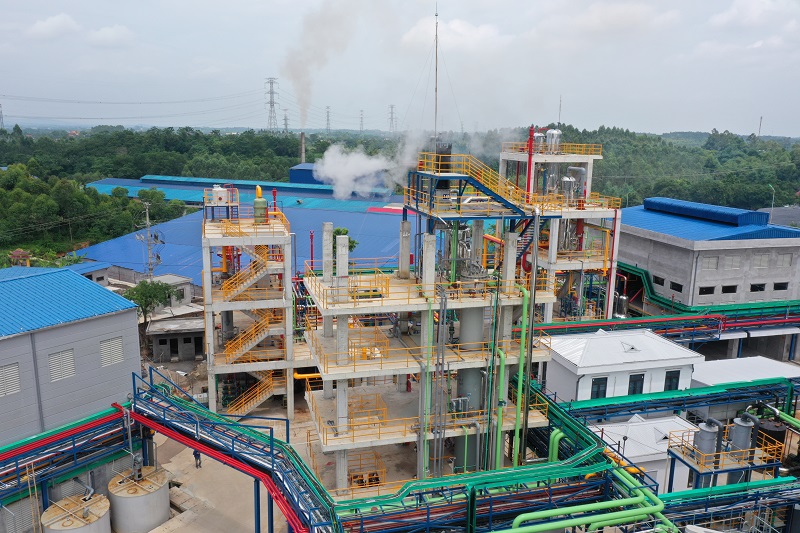The technique of eliminating pollutants from brine, a solution of salt and water, is known as brine cleaning technology. Brine is frequently a by-product of activities in the chemical, food, and pharmaceutical sectors, among others.
However, the presence of contaminants in brine can reduce its usefulness and efficacy, and in some situations, if managed improperly, it may even cause environmental harm. Technology for purifying brine tries to get rid of these pollutants and make brine suitable for reuse or disposal. Before being employed in the electrolysis process, the brine solution is purified using this method. To improve the effectiveness of the electrolysis of caustic soda, contaminants including calcium, magnesium, and sulfate ions must be eliminated.
There are several distinct brine cleansing technologies:
A procedure known as electrochemical therapy involves running an electric current through salt water. Impurities are drawn to the electrodes by this current, where they may be eliminated. This technique is particularly helpful for sterilizing brine and eliminating heavy metals and organic pollutants.
Salt water is forced through a succession of membranes with varying hole sizes during the membrane filtering process. Only certain particles are permitted to travel past the membranes, which serve as a barrier. This process works well for brine salt concentration as well as the removal of bacteria and suspended particles.
Salt water is forced under intense pressure through a semi-osmotic membrane during the reverse osmosis process. Only water molecules may flow across this barrier, leaving contaminants outside. This process is especially helpful for desalination and the removal of dissolved particles like salts and minerals.
In order to purge contaminants from brine, a method known as chemical treatment is used. Chemicals can coagulate impurities, forcing them to sink to the bottom of the container, or they can react with impurities to create solids that can be removed. This technique is particularly helpful for cleaning brine and eliminating organic and metal impurities.
Evaporation and crystallization: this procedure entails letting the salt crystallize as the water in the brine evaporates. It is possible to eliminate impurities that are still present in solid or liquid form. Making pure salt crystals and concentrating salt in brine are two applications of this technique.
The choice of which way to choose will rely on the particular requirements of the application. Each of these methods has benefits and drawbacks of its own. In some circumstances, a mix of techniques can be utilized to get the required purity level.

In addition to the techniques of purification already mentioned, there are a number of technologies that may be used to monitor and manage the purification of salt water. Among these technologies are:
Sensing devices: Sensing devices may be used to track impurity levels in brine and spot any changes in the purification procedure. The brine may be adequately purified by adjusting the purification parameters using the information provided.
Control system: Based on the sensor readings, the control system may be utilized to automatically change the purifying settings. This can assist guarantee that the brine is thoroughly cleansed.
Data Analytics: You may use data analytics to examine sensor readings and other information gathered during purification. This can provide important information about the effectiveness of the process as well as point up any possible problems or opportunities for development.
Automation: Automation can simplify the purifying procedure and lessen the need for personal intervention. The likelihood of human mistake can be decreased and process efficiency increased